From a city that suffered many war wounds and had a young economic scale after the Capital Liberation Day (October 10, 1954), with the spirit of "both healing wounds and building a new life", the Capital's economy has clearly improved.
In particular, since the Doi Moi (Renovation) and the historic milestone of expanding administrative boundaries, Hanoi has made a breakthrough, not only in scale, but also in improving the quality and depth of development...

Revival and laying the foundation for development
Immediately after taking over the capital, the Hanoi Party Committee and government led the people to quickly stabilize the situation, restore production, and renovate and develop the economy.
At this time 71 years ago, Hanoi had only 1,522 industrial and handicraft production establishments, while agricultural production was interrupted and fragmented. The transport and commercial infrastructure system was very lacking and small in scale. With the 3-year plan to restore the economy and heal the wounds of the 1955-1957 war, Hanoi's economy had a clear improvement. That was also the first step to start building a new life.
In the following years, the capital's economy marked its mark with the birth of a series of new production facilities and factories - becoming the driving force and source of vitality for self-reliant production, alongside the support of international friends. These were textile and garment factories, mechanical engineering, auto repair, engine manufacturing, consumer goods, closely associated with people's lives throughout the subsidy period.
That period could not be called full, but the capital's economy met social needs quite well. Hanoi's position was increasingly consolidated and affirmed clearly in the period 1961-1975. By 1975, the total social product in the area increased 2.1 times compared to 1960; the value of total industrial output increased 3.5 times...
In the next period, especially in the years 1981-1985, Hanoi gradually innovated the management mechanism through the implementation of product contracting in agriculture and emphasized the role of the private economy, maintaining industrial production. Thanks to that, the total social product in 1985 increased by 47.6% compared to 1980, an average increase of 8.1% per year in the 5 years 1981-1985. The value of total industrial output in 1985 increased by 62.6% compared to 1981, an average increase of 12.9% per year...
Since the start of the renovation process in 1986, Hanoi has spent nearly 40 years focusing on development in both breadth and depth, with increasingly impressive scale and influence. An important milestone is the adjustment of administrative boundaries according to Resolution No. 15/2008/NQ-QH12 dated May 29, 2008 of the National Assembly, opening up space and great conditions for mobilizing resources to develop the capital. After expansion, Hanoi's area increased from 920.97 km2 to 3,348.5 km2, the population size exceeded 8 million people, creating a foundation for a new step of development.
Leading position and breakthrough aspiration
In general, in the past 10 years, Hanoi has always had an economic growth rate higher than the national Gross Domestic Product (GDP). The economic model has changed positively, in which trade, services, and tourism have become key sectors. At the same time, the city has gradually approached the world's modern economic models.
Currently, the trade and service sector accounts for nearly 2/3 of Hanoi's Gross Regional Domestic Product (GRDP). A number of high-tech industrial sectors have been established and have developed quite well, such as: Digital control, automation, robotics, nano, plasma, laser, biotechnology, etc., contributing to shaping the new economic face of the capital.
In the 2021-2025 period, Hanoi's GRDP is expected to increase by an average of 6.57%, 1.1 times higher than the national average. The economic scale is estimated at about 63 billion USD, 1.42 times higher than in 2020, accounting for 41.54% of the Red River Delta and 12.6% of the country. GRDP per capita is estimated at 7,200 USD/year. The economic structure is shifting positively towards modernization.
Economist Le Quoc Phuong, former Deputy Director of the Center for Industrial and Trade Information (Ministry of Industry and Trade), assessed that Hanoi has taken the right direction in economic development, when making trade, services, and tourism the spearhead. The city's trade sector has become a major economic sector, not only serving people's lives, but also ensuring supply for production and business, contributing to the economic growth of the capital.
Domestic trade infrastructure such as logistics centers, dry ports, shopping malls, supermarkets, markets, etc. are focused on development. Hanoi currently has a modern trade system with about 30 shopping malls, 150 supermarkets, over 400 markets, etc.
In recent years, Hanoi has basically completed key traffic projects in the inner city area, while accelerating the construction of belt roads, intersections and national highways such as: Belt Road 4 - Hanoi Capital Region, the route connecting Phap Van - Cau Gie and Belt Road 3..., and large bridges across the Red River such as: Tu Lien, Tran Hung Dao, Ngoc Hoi.
These results have affirmed that Hanoi is truly the economic locomotive, the driving force of development of the region and the whole country.
In the coming period, the city determines that the new growth model will be shifted towards relying on science - technology, innovation and deep international integration...
In the draft Political Report of the 17th City Party Executive Committee presented to the 18th Congress of Hanoi Party Committee, one of the key tasks identified is to promote rapid and sustainable growth; determined to implement solutions to accelerate and make breakthroughs, striving for GRDP to achieve a growth rate of 11% or more in the 2026-2030 period, the proportion of added value of the digital economy in GRDP to reach 40%...
To achieve the above goal, the important solution is to promote industrialization, modernization, and strongly develop the private economy. Hanoi will create a breakthrough in economic structure and modern urban growth model, creating a foundation for a knowledge-based, creative, high-value-added economy. At the same time, promote the development of digital economy, green economy, circular economy, and sharing economy; proactively research and test new development models; develop urban economy associated with the organization and effective exploitation of cultural and creative spaces, public spaces, underground spaces, digital spaces, and overhead spaces.
Hanoi will also make a breakthrough in developing high-tech, competitive industries, effectively participating in global value chains and distribution networks. The industrial structure will continue to shift towards focusing on industries applying high technology, green technology, circular technology, low carbon emissions, playing a leading role in development linkage chains on intra-regional and inter-regional industrial corridors.
At the same time, the city promotes the development of trade in a civilized, modern, high-value-added direction; develops high-tech agriculture, urban-ecological agriculture. In particular, the city creates a creative startup ecosystem, removes barriers, minimizes administrative procedures, time, and compliance costs for people and businesses, and creates favorable conditions for private enterprises to access resources such as land, capital, technology, high-quality human resources, etc.
With the spirit of solidarity, creativity and aspiration to rise, Hanoi is continuing to write new brilliant chapters, worthy of being the capital of a thousand years of culture and the economic locomotive of the country.
Source: https://hanoimoi.vn/kien-tao-kinh-te-tri-thuc-phat-trien-but-pha-719067.html


![[Photo] Unique Phu Gia horse hat weaving craft](https://vphoto.vietnam.vn/thumb/1200x675/vietnam/resource/IMAGE/2025/10/10/1760084018320_ndo_br_01-jpg.webp)
![[Photo] Opening of the World Cultural Festival in Hanoi](https://vphoto.vietnam.vn/thumb/1200x675/vietnam/resource/IMAGE/2025/10/10/1760113426728_ndo_br_lehoi-khaimac-jpg.webp)
![[Photo] Ho Chi Minh City is brilliant with flags and flowers on the eve of the 1st Party Congress, term 2025-2030](https://vphoto.vietnam.vn/thumb/1200x675/vietnam/resource/IMAGE/2025/10/10/1760102923219_ndo_br_thiet-ke-chua-co-ten-43-png.webp)





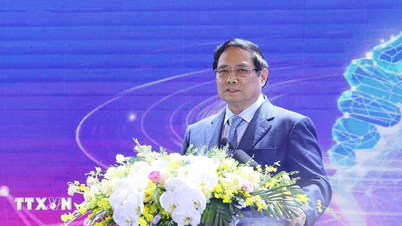



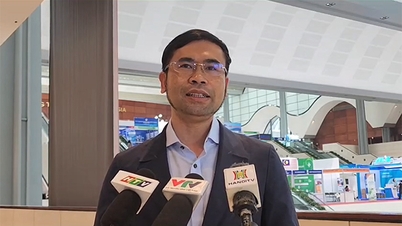



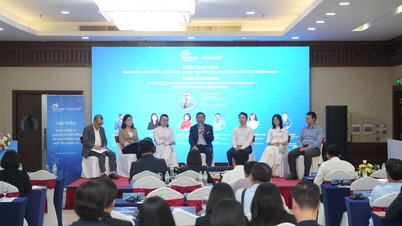

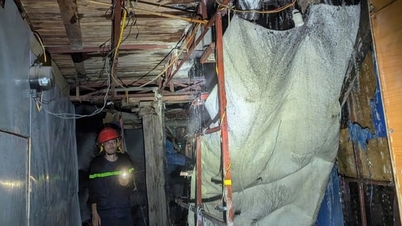






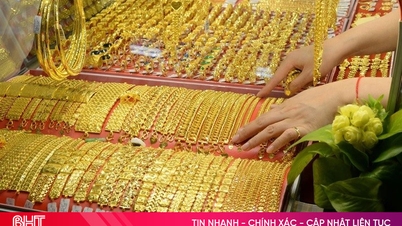







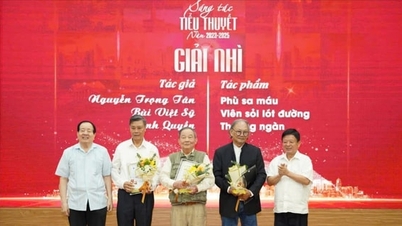
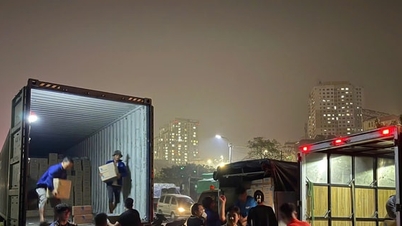





















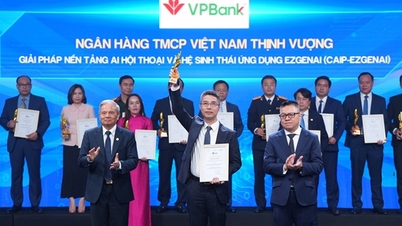











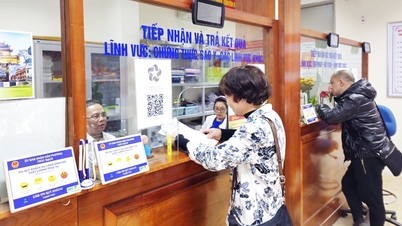





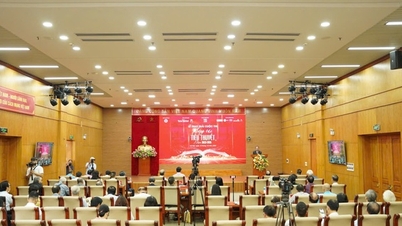
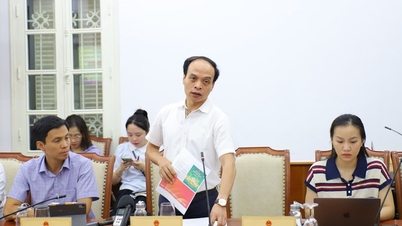




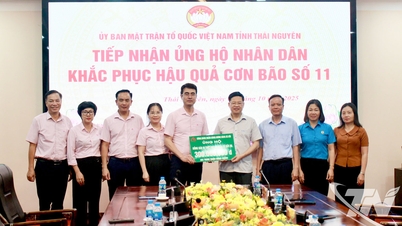



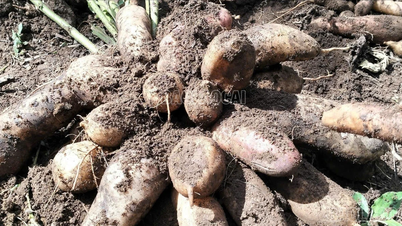















Comment (0)